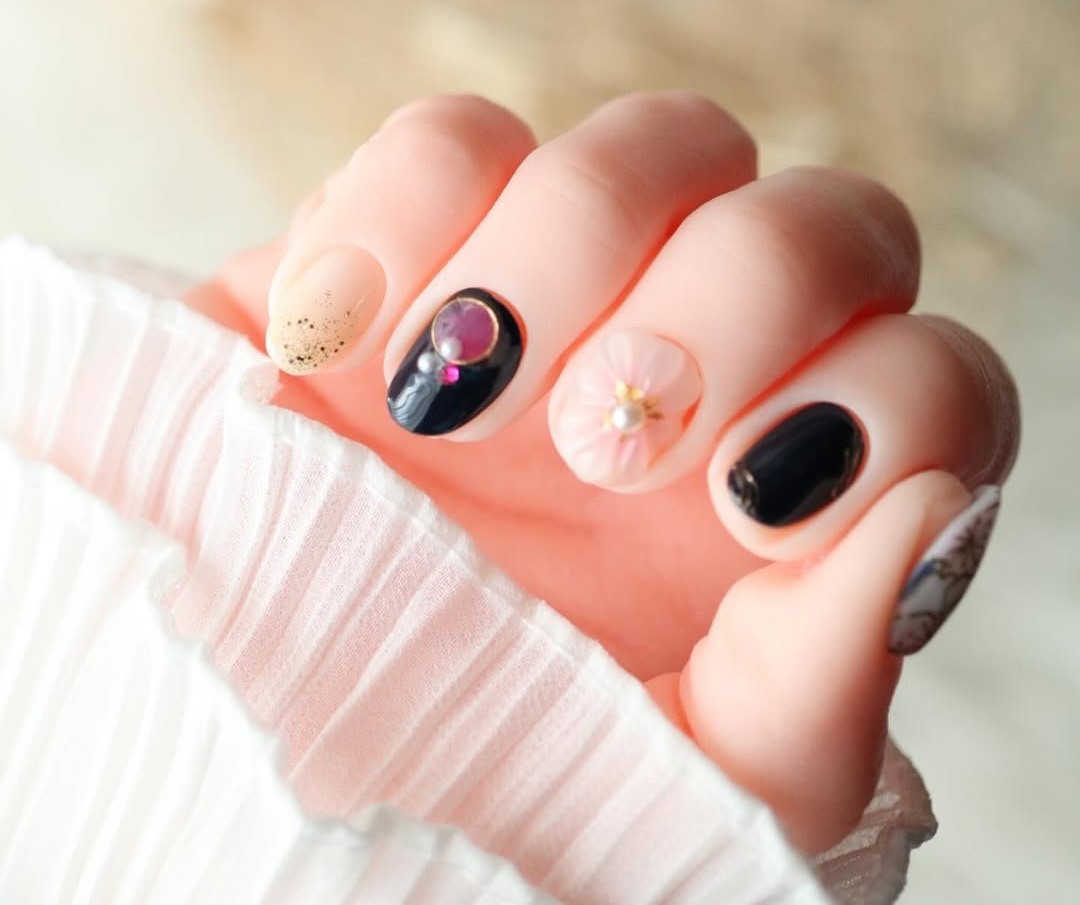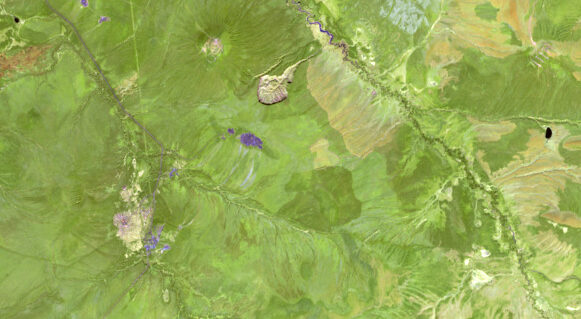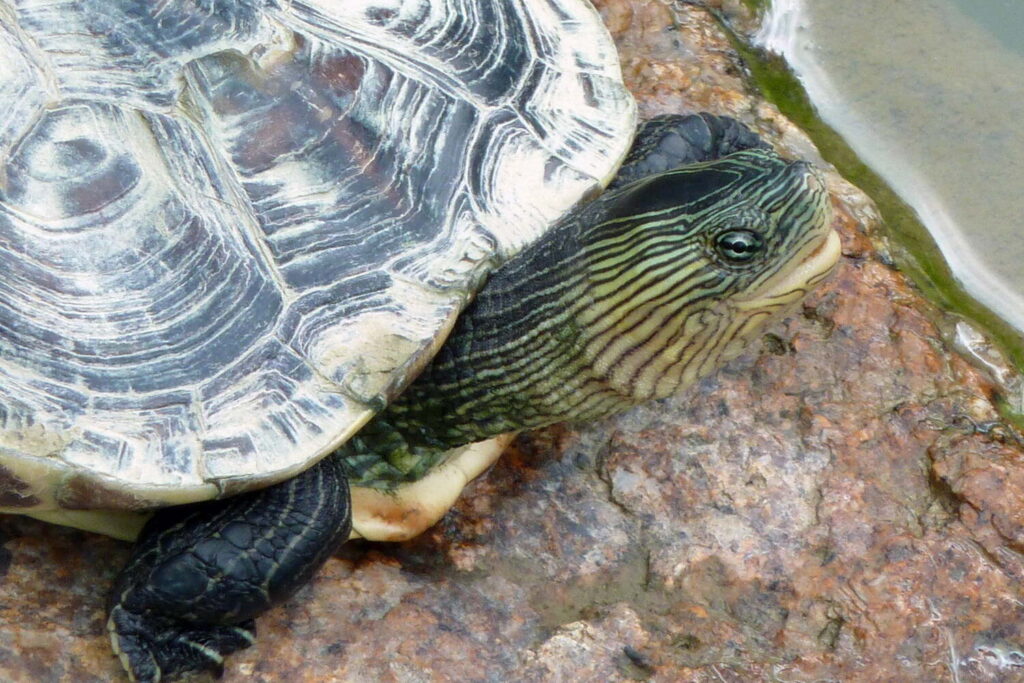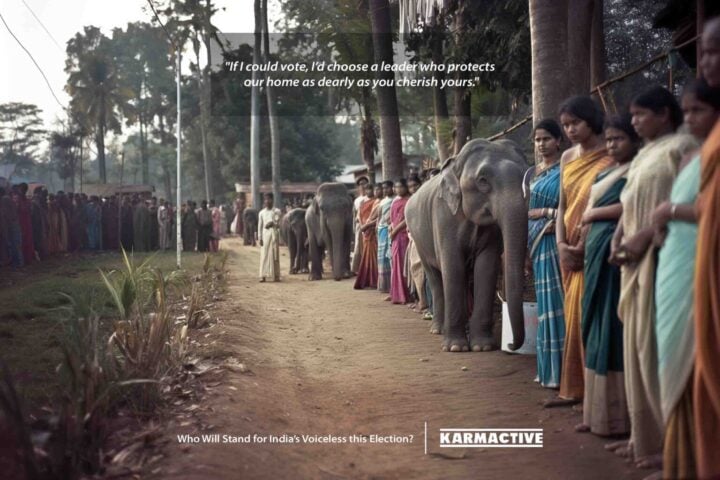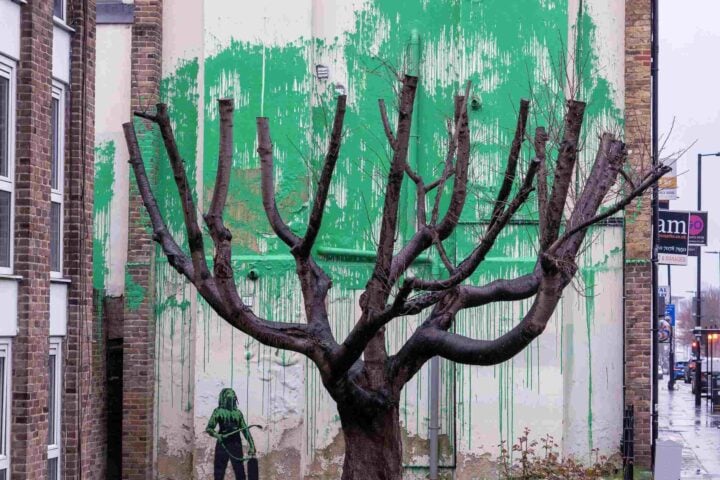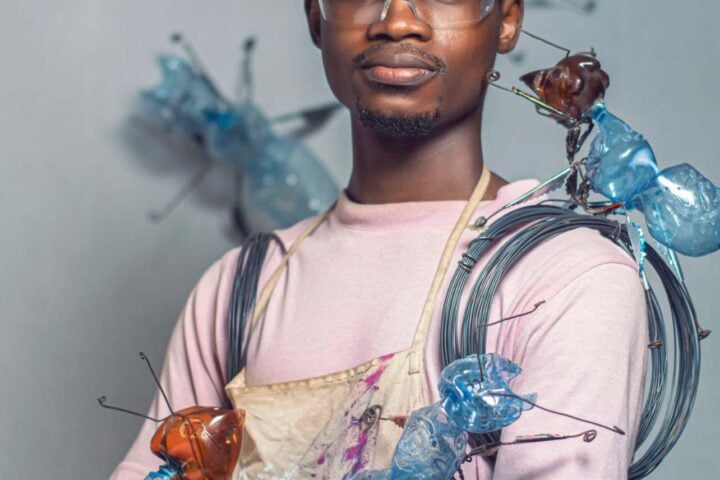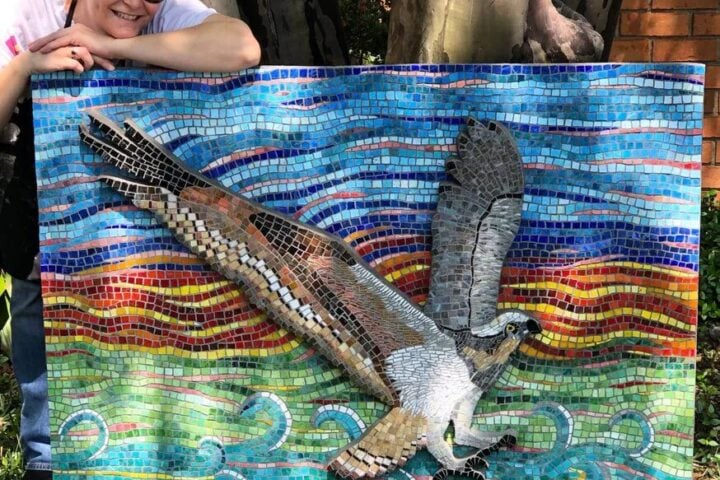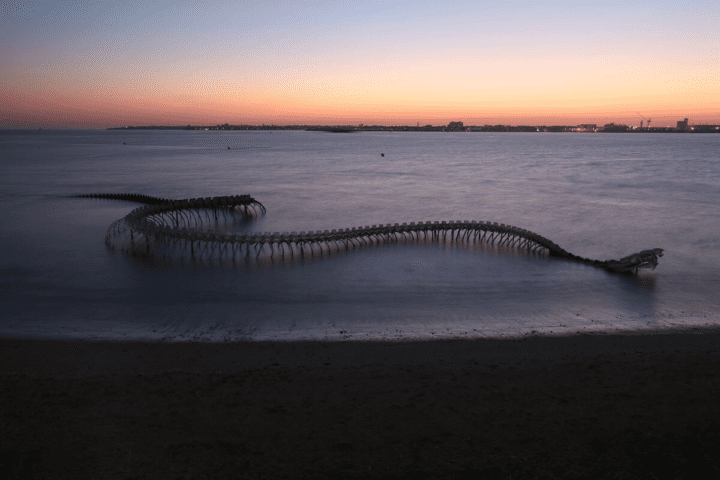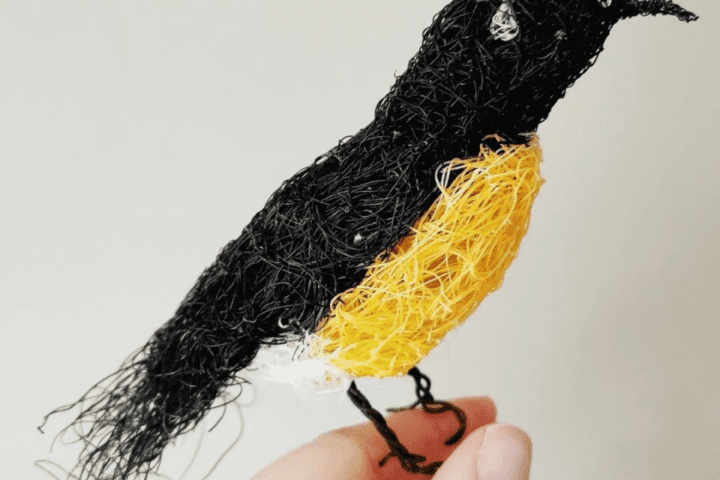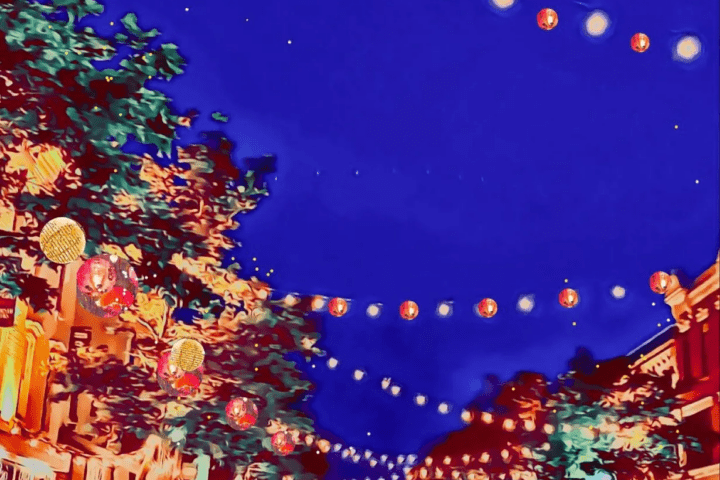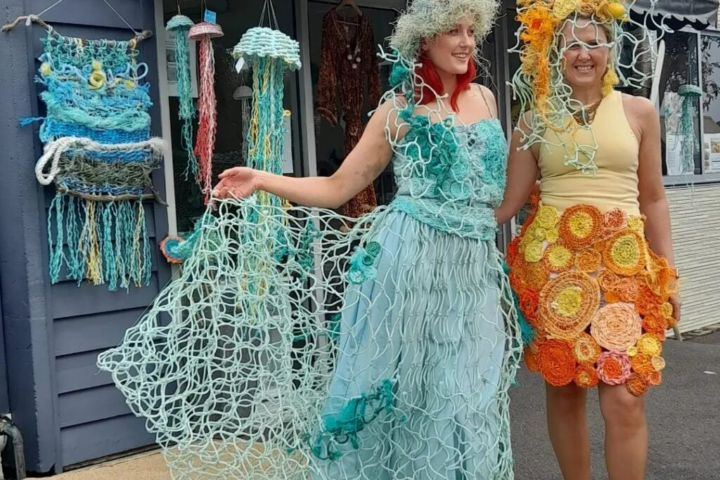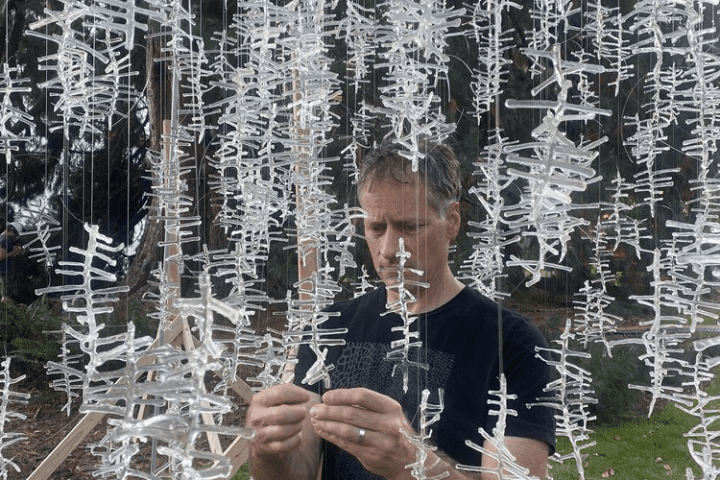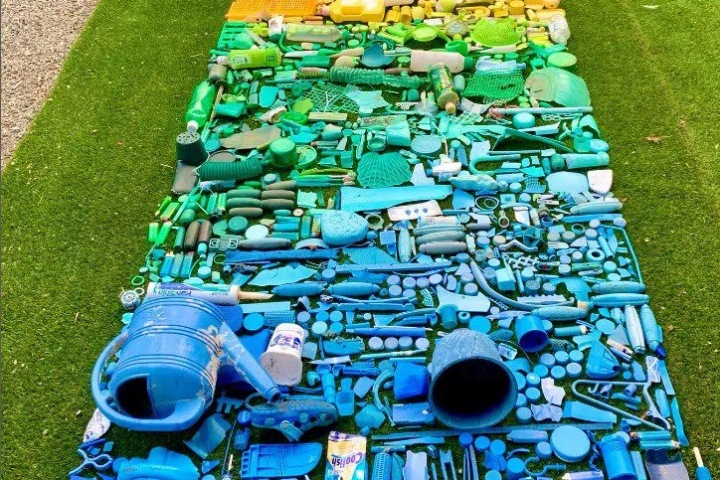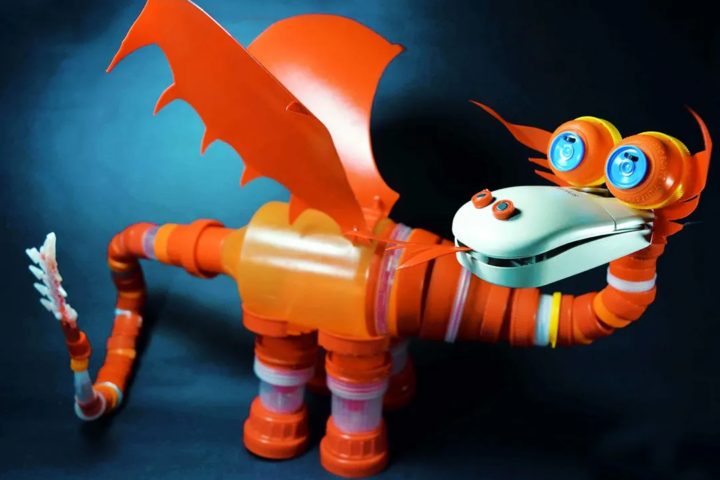In Chigasaki, south of Tokyo, 42-year-old manicurist Naomi Arimoto has developed an unconventional response to marine pollution: turning beach plastic into nail art. Her work gains attention as world leaders prepare for a crucial United Nations summit on plastic pollution in Busan, South Korea, starting November 25.
“I became aware of environmental issues the moment I saw with my own eyes just how much plastic waste was in the ocean,” Arimoto said. “I thought it was horrifying.”
After a fulfilling role as a support worker at a facility for people with disabilities in 2011, Arimoto’s life took an unexpected turn when she was diagnosed with a progressive, incurable disease in 2014. By 2015, she faced significant mobility challenges, becoming wheelchair-bound and receiving a grade 1 disability certification. Despite these obstacles, she found employment at a company for people with disabilities in 2016, showing her resilience in the face of adversity.
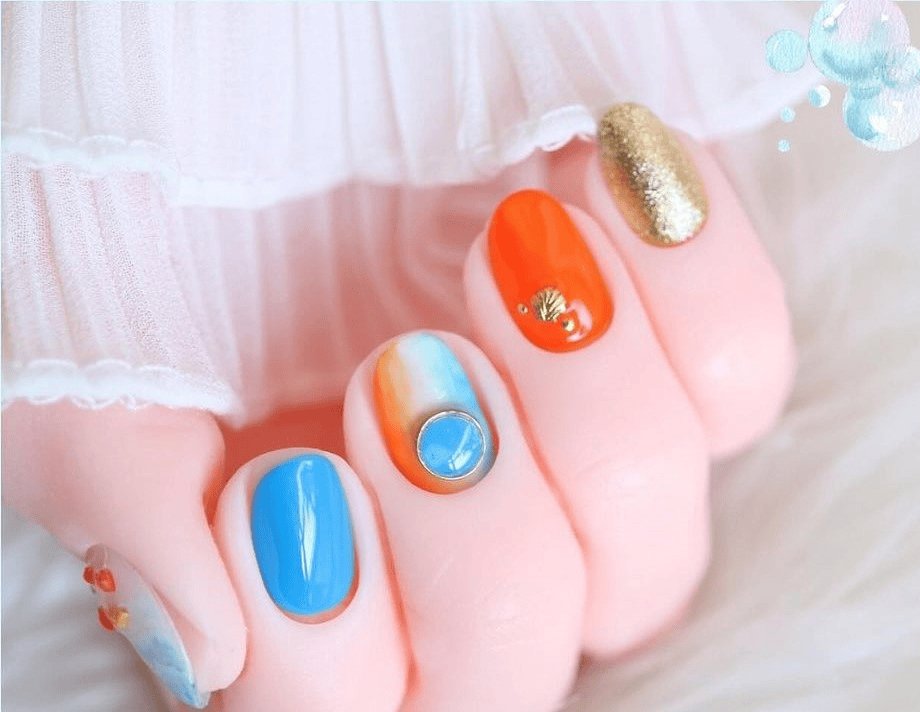
Determined to forge a new path, Arimoto pursued professional certifications, obtaining her JNA Gel Nail Certification in 2015 and JNEC Japanese Nail Technician Certification in 2017. This led to the opening of her home-based salon, Plumeria Nail, in 2018. Her entrepreneurial journey continued to flourish, culminating in the establishment of her own nail school in 2022.
The International Union for Conservation of Nature reports 20 million tonnes of plastic waste enters the environment annually. Against this backdrop, Arimoto’s monthly beach cleanup routine yields raw materials for her unique craft.
After a spinal condition ended her social work career in 2018, Arimoto opened her home-based nail salon. By 2021, she began incorporating “Umigomi” (sea trash) into her designs. Using a custom wheelchair, she meticulously collects microplastics often overlooked during regular beach cleanups.
Similar Posts
Her process involves careful preparation: washing the collected plastic in freshwater, color sorting, cutting into smaller pieces, and melting them into decorative discs for artificial nails. Sets start at 12,760 yen ($82.52).
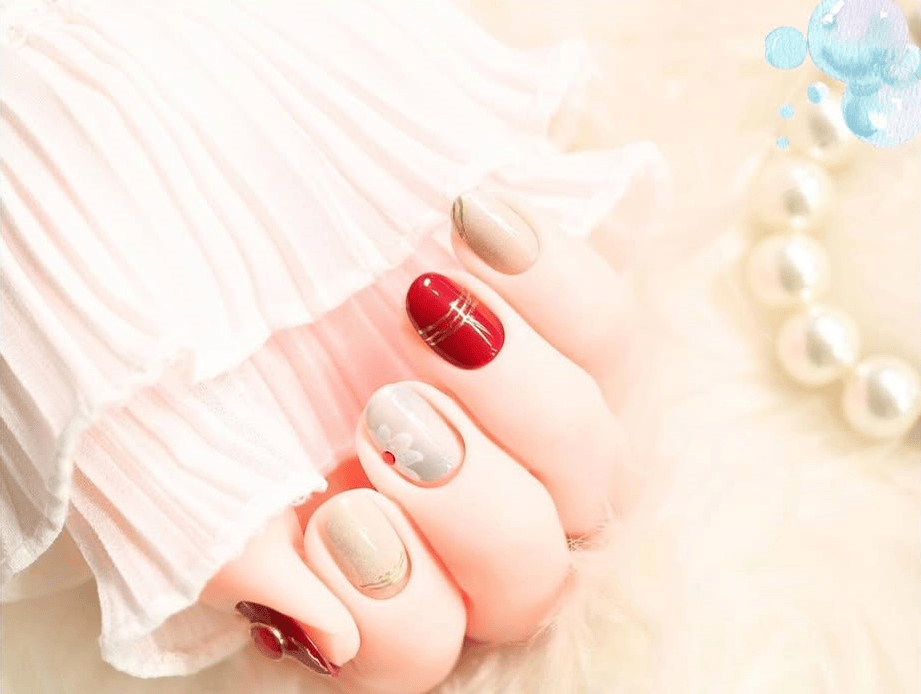
The timing of Arimoto’s work coincides with pivotal environmental developments. The United States, a major plastic producer, announced its support for a global plastic treaty in August 2024. Greenpeace termed this shift a “watershed moment” in combating plastic pollution.
Customer Kyoko Kurokawa, 57, expressed surprise at this novel recycling approach: “I know there are other things made of recycled materials, like toilet paper and other daily necessities, but I had no idea you could have nails too, that was a surprise.”
While acknowledging her contribution is modest compared to global plastic pollution, Arimoto sees value in raising public consciousness. “I hope that by putting these in front of people’s eyes, on their fingertips, they’ll enjoy fashion while also becoming more aware of environmental issues,” she said.
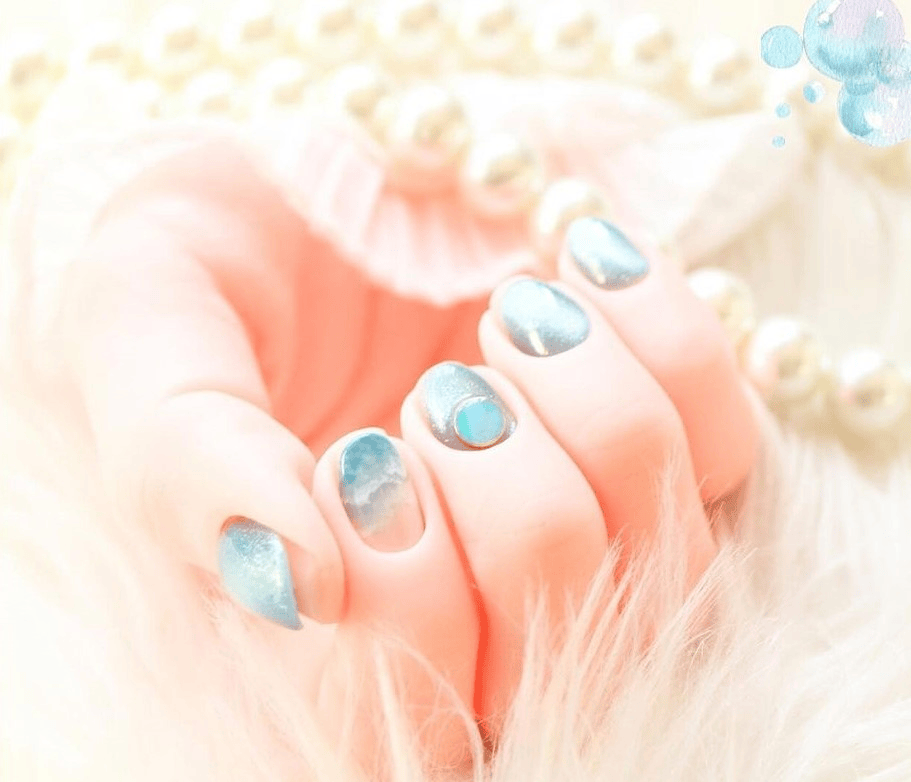
The initiative represents a practical approach to addressing marine pollution at a local level. As individuals and organizations worldwide seek solutions to plastic waste, Arimoto’s work demonstrates how small-scale efforts can contribute to environmental awareness.
The upcoming UN summit aims to establish global caps on plastic production, marking a critical step toward addressing marine pollution. As international leaders convene to discuss large-scale solutions, Arimoto continues her work, transforming environmental waste into wearable art, one nail at a time.
